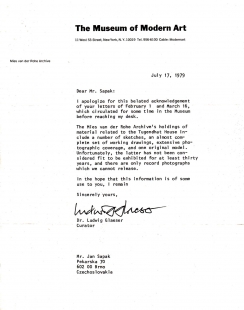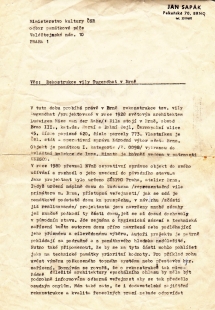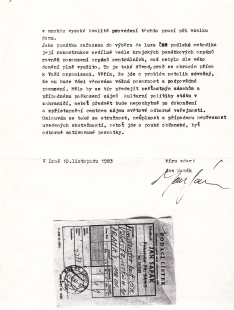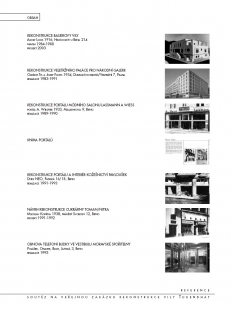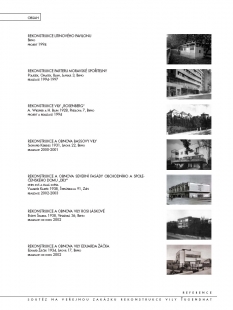 |
This contradiction culminated in the act of evaluating a business competition for the selection of a designer for the villa's reconstruction. The lucrative construction contract was too tempting for many companies and politicians. Objective evaluation of the tender took a back seat, and the construction lobby began to deal the cards. The carousel of millions spun at one point to an astounding figure of 200 for the general reconstruction of the villa. Subsequent legal disputes complicated the smooth course of the reconstruction and were often purposefully misused against their participants.
The team of architects Sapák-Škrabal-Grym became the arch-enemy of the octopus, whose tentacles, as became evident during the dispute, reach into nearly all areas of the state administration. Currently, there is a growing public impression that the Tugendhat Villa reconstruction case is resolved. A mysterious conference for invited guests, which took place in June of this year, "sanctioned" the unlawfully commissioned project for the villa's reconstruction. The city tried to resolve the long-standing case indirectly, but it did not solve its essence. The dispute is not over. On one side stands the bureaucracy we pay for, which took an evidently unlawful step, and on the other, a trio of architects trying to assert their rights. We spoke with architect Jan Sapák about the history of the case and its possible future.




